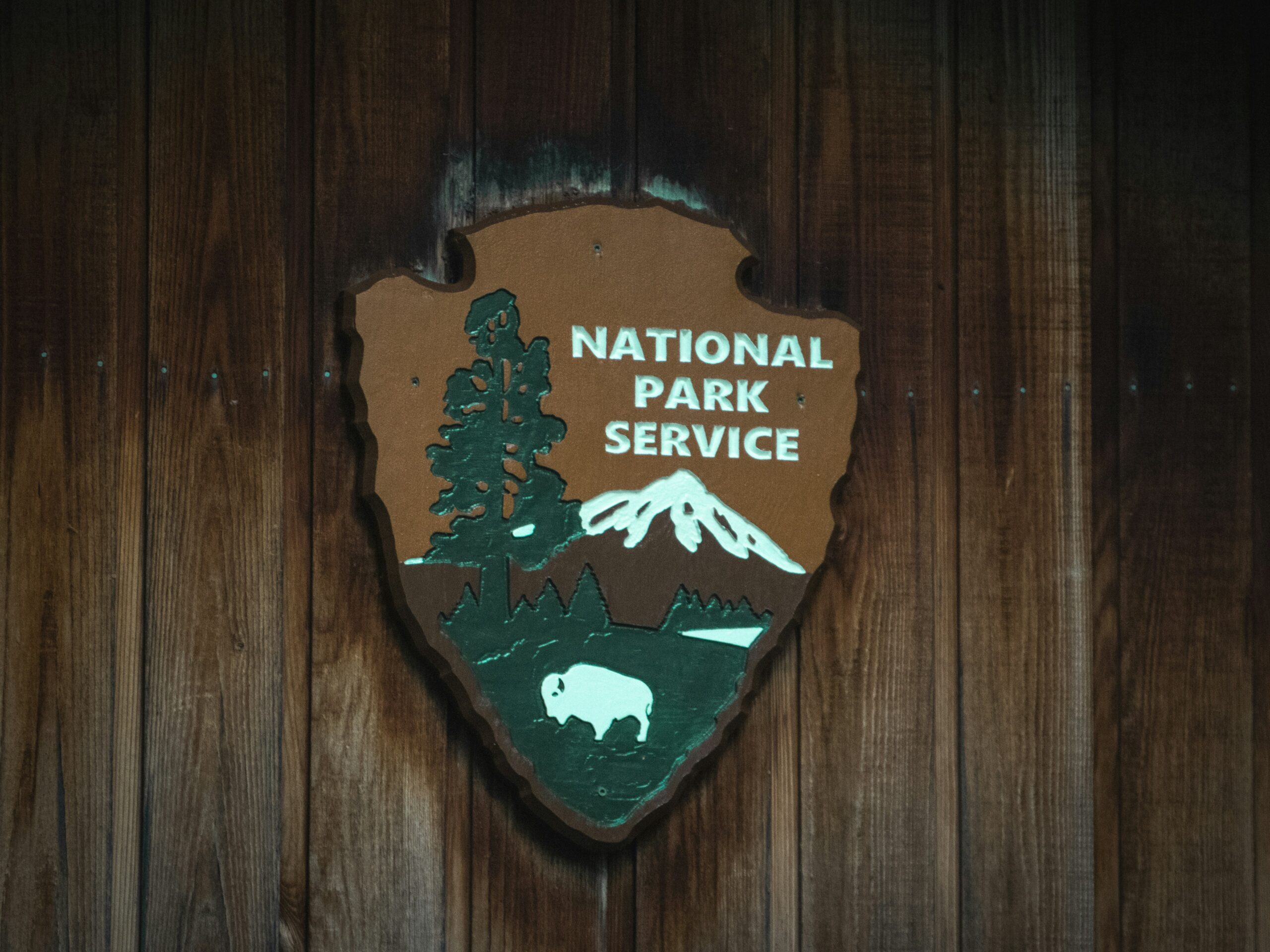The Ultimate Guide to National Parks in the UK
Introduction to National Parks in the UK
National parks in the United Kingdom serve as protected areas that strive to preserve the natural beauty and cultural heritage of the region while providing opportunities for recreation and education. The primary purpose of these parks is to conserve the diverse habitats and wildlife found within their boundaries. Additionally, they promote the enjoyment of these natural landscapes for the public, allowing individuals to engage with nature and appreciate the environment.
As of October 2023, the UK is home to 15 national parks, each offering unique landscapes, ecosystems, and recreational opportunities. These parks are distributed across various regions, including England, Scotland, Wales, and Northern Ireland, ensuring that a wide array of natural environments is preserved for future generations. From the rugged peaks of the Scottish Highlands to the serene lakes of the Lake District, each national park has distinct characteristics that contribute to the ecological diversity of the UK.
The establishment of national parks in the UK dates back to the mid-20th century, with the aim of protecting natural areas from urbanization and industrial encroachment. The first national park, the Peak District, was designated in 1951, followed closely by the Lake District National Park. Since then, several others have been created, reflecting a growing recognition of the need to conserve open spaces in light of environmental pressures. The significance of these parks extends beyond their ecological value; they hold cultural and historical importance, serving as a testament to the nation’s commitment to protecting its natural heritage.
In summary, national parks in the UK are vital for conserving natural beauty and biodiversity, recreational opportunities, and historical preservation. Their establishment and management continue to play an essential role in the promotion of sustainable practices and the enjoyment of the outdoors for visitors and locals alike.
Popular National Parks to Visit
The United Kingdom is home to a variety of stunning national parks that showcase the country’s remarkable natural beauty. Among these, the Lake District stands out for its breathtaking lakes and mountainous terrain. Renowned for its picturesque landscapes, this park is a UNESCO World Heritage Site, making it a must-visit for nature enthusiasts. The area hosts several iconic spots such as Windermere and Derwentwater, which are ideal for boating and walking. Visitors can also indulge in hiking up Scafell Pike, the tallest peak in England, or simply relax in one of the charming villages nestled within the park.
Another notable national park is Snowdonia, located in Wales. This park boasts rugged mountains, deep valleys, and beautiful lakes, making it a perfect destination for outdoor activities. Snowdon, the highest mountain in Wales, offers various hiking routes, catering to both experienced hikers and those seeking a leisurely stroll. Additionally, tourists can explore the picturesque towns such as Betws-y-Coed and Blaenau Ffestiniog, which serve as excellent bases for adventures in the great outdoors. Unique attractions, like the Snowdon Mountain Railway, allow visitors to reach the summit without the climb, providing captivating views along the way.
The Peak District, the first national park in the UK, is renowned for its diverse landscapes, ranging from rolling hills to dramatic gritstone edges. It is popular for walking, rock climbing, and cycling, attracting visitors throughout the year. Noteworthy attractions include Chatsworth House, a historic estate, and the charming village of Bakewell, famous for its delightful puddings. The varied trails offer options for all levels of fitness, ensuring that every visitor can enjoy the scenic views and rich wildlife that this region has to offer.
When planning a visit to any of these national parks, it is essential to consider accessibility options. Most parks offer facilities for those with mobility challenges, ensuring that everyone can appreciate the stunning natural surroundings. Visitors are encouraged to check local websites for detailed information on accommodations and weather conditions to enhance their experience.
Activities and Adventures in National Parks
National parks in the UK offer a wide range of activities and adventures that cater to diverse interests and skill levels. Whether you are an avid hiker, a cycling enthusiast, or a photography lover, there is something for everyone to enjoy amidst the breathtaking natural scenery.
Hiking is one of the most popular activities in these protected areas. Numerous trails, ranging from easy walks to challenging hikes, provide opportunities to explore the diverse landscapes and discover the unique flora and fauna. For those looking for a more guided experience, many national parks offer organized hiking tours led by knowledgeable local guides who can share insights about the environment and history of the area.
Biking is another exciting way to experience the national parks. Many parks feature designated cycling paths that allow visitors to traverse varied terrain while enjoying the tranquil surroundings. Mountain biking enthusiasts can seek out more rugged trails, ensuring an adrenaline-pumping adventure. Be sure to check local regulations regarding cycling to ensure a safe experience for everyone.
Wildlife spotting is a popular activity within national parks, with opportunities to observe native species in their natural habitats. Birdwatchers and animal enthusiasts can enjoy the thrill of spotting rare birds or even catching a glimpse of deer, foxes, and other wildlife. To enhance this experience, visitors may consider taking part in guided wildlife tours, which often provide valuable information and increase the chances of sightings.
Camping presents yet another way to immerse oneself in nature. National parks often feature designated camping sites equipped with necessary amenities, allowing adventurers to disconnect from everyday life. When camping, it is crucial to respect the environment by following Leave No Trace principles, ensuring that these beautiful landscapes are preserved for future generations.
Photography is a rewarding pursuit in the scenic national parks. With stunning vistas and unique wildlife as subjects, both amateur and professional photographers can revel in capturing the beauty of nature. Participating in photography events or workshops can further enhance skills while exploring various parks.
In addition to these pursuits, many national parks host seasonal events and festivals, engaging the community and visitors alike. From guided nature walks to cultural showcases, these activities enrich the experience and foster a deeper connection to the natural world.
Conservation Efforts and Visitor Responsibilities
National parks in the UK are not only vital for their natural beauty and biodiversity but also play an essential role in the conservation of ecosystems and wildlife. The conservation efforts in these protected areas focus on maintaining habitats, preserving endangered species, and restoring natural landscapes affected by human activity. These efforts are often complemented by governmental policies and conservation organizations that seek to implement sustainable practices within the parks.
As stewards of these magnificent spaces, visitors carry significant responsibilities that contribute to the protection of national parks. One fundamental principle is the adoption of sustainable tourism practices. Visitors are encouraged to travel to parks using public transportation or carpooling, thus reducing their carbon footprint. By supporting local businesses, such as eateries and guesthouses, tourists can foster community economies while ensuring their activities have a minimal environmental impact.
Respecting wildlife is another crucial aspect of visitor responsibility. Observing animals from a distance prevents unnecessary stress and disturbance, allowing them to thrive in their natural habitats. Educating oneself about local fauna and flora can enhance the experience while fostering a respectful mindset toward these living entities. Additionally, the leave-no-trace principles serve as a guideline for minimizing ecological footprints. This includes taking all litter home, avoiding cutting through vegetation, and using designated paths to preserve the integrity of the land.
By adhering to these principles, national park visitors can actively participate in conservation efforts, ensuring that these natural treasures continue to exist for future generations. Taking personal responsibility and acting as advocates for these spaces not only enhances individual experiences but secures the ecological balance that sustains these parks.



